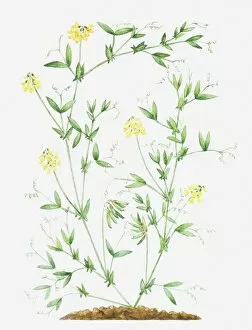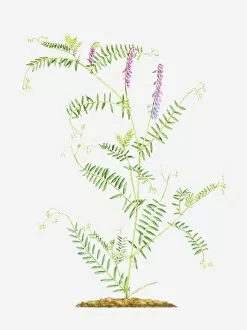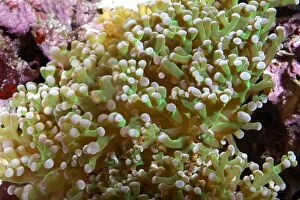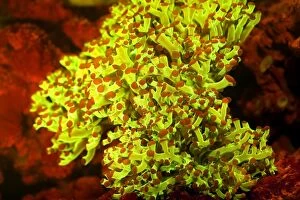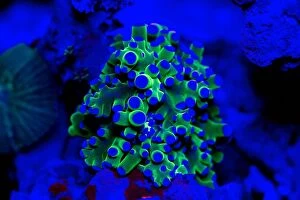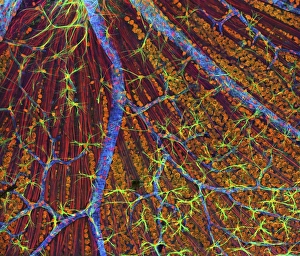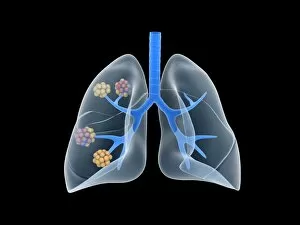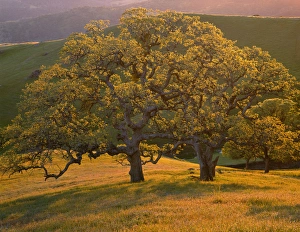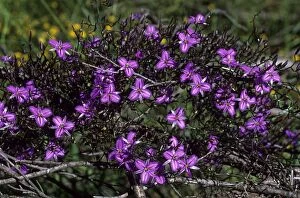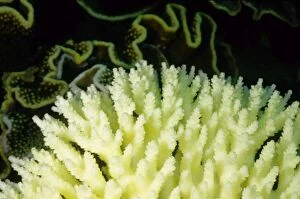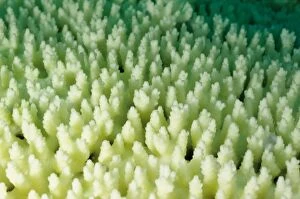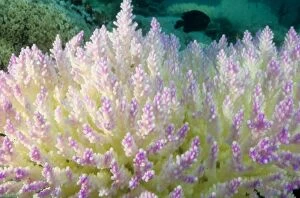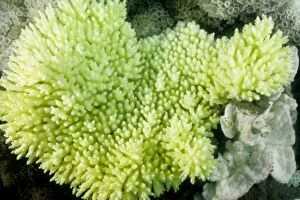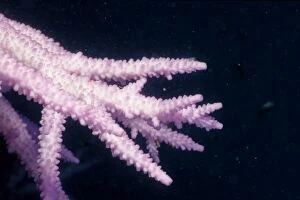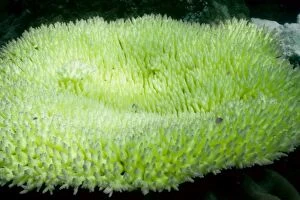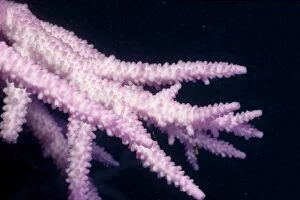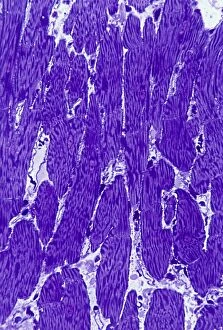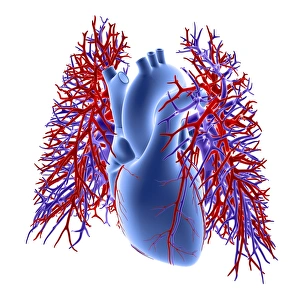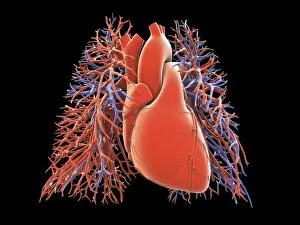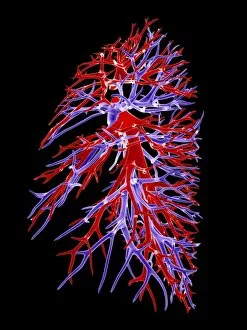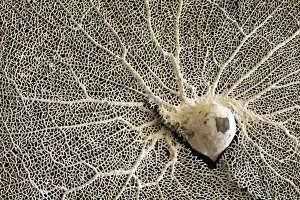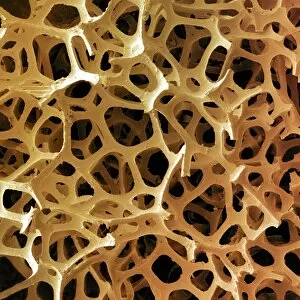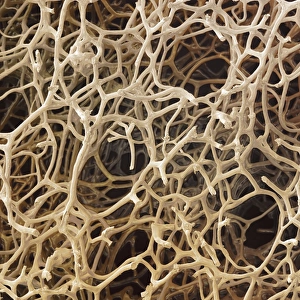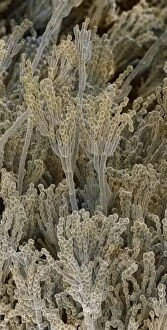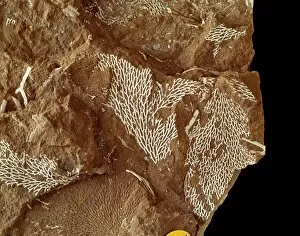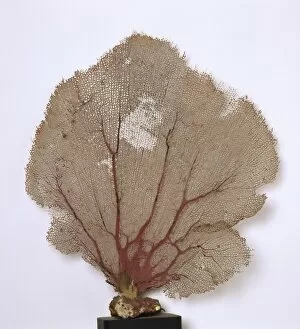Branching Collection (page 2)
"Exploring the Intricate World of Branching: From Abdominal Arteries to Copper Mines" In this captivating image (Picture No
All Professionally Made to Order for Quick Shipping
"Exploring the Intricate World of Branching: From Abdominal Arteries to Copper Mines" In this captivating image (Picture No. 11676238), we are invited to delve into the fascinating concept of branching, where nature and human-made structures intertwine in a mesmerizing display. The first glimpse takes us inside the human body, with X-ray P206 / 0309 showcasing the intricate network of abdominal arteries. Like branches reaching outwards, these vital vessels ensure our organs receive oxygen-rich blood, highlighting the remarkable complexity within our own bodies. Shifting our focus to microscopic wonders, we encounter Thyroid Gland Capillaries and Blood Vessels captured through Scanning Electron Microscopy (SEM). These delicate branches transport essential nutrients throughout this gland's tissue, emphasizing nature's ability to create intricate systems on a minuscule scale. Venturing beyond biological realms, we find ourselves amidst Cornwall's rugged landscape in England. The sight of Copper mines at Botallack and across Cornwall reveals how humans have harnessed natural resources by extracting valuable metals from deep within the earth. These mining operations resemble an underground labyrinth tunnels that lead towards hidden treasures. Nature never ceases to amaze as we stumble upon Livistona chinensis Green Evergreen - commonly known as Chinese fan palm. Its elegant fronds branch out gracefully like fingers extending towards sunlight; a testament to resilience and adaptability even in urban environments. Returning to wildlife wonders, we witness a majestic Rocky Mountain Elk bull braving a fall rainstorm in Yellowstone National Park (13131097). As raindrops cascade down its antlers resembling tiny branches adorned with glistening jewels, it symbolizes strength amidst adversity while reminding us of nature's awe-inspiring diversity. Branching is not limited solely to physical manifestations but also extends metaphorically into various aspects of life. It encourages exploration and growth by venturing into uncharted territories or embracing new opportunities.


